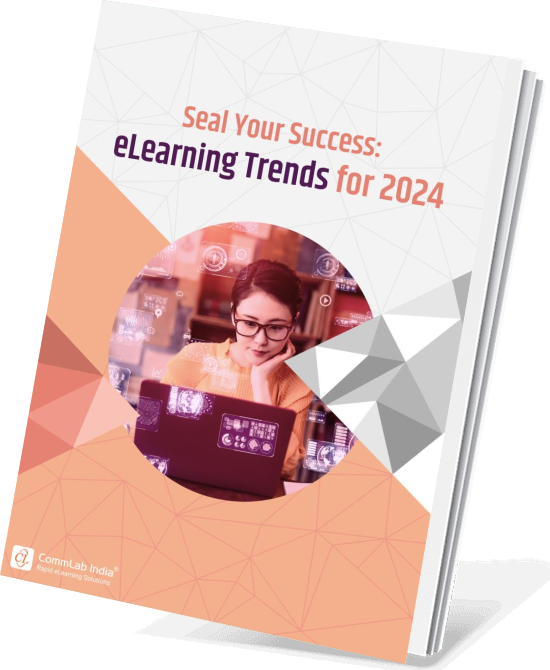ADDIE: Does this eLearning Model Need Innovation?

The idea to write a blog on this topic first came to my mind when I came across a book, titled Leaving ADDIE for SAM by Michael Allen. Are we really leaving ADDIE for good? Is ADDIE dead? Or, is it going through a phase of rejuvenation? All these questions hovered in my mind when I first came across a title like this.
→ Download eBook- Making a Business Case for eLearning [eBook]
On the Internet, you can find online content and eye catching titles such as “Adapting 20th Century Training Models for the Future”. This raises an important question: Is it the right time to explore other instructional design models or eLearning frameworks?
As a reminder, ADDIE stands for Analyze, Design, Develop, Implement, and Evaluate. In today’s time, people may feel that ADDIE is too slow for rapid eLearning development. It might be too archaic for just-in-time course development. ADDIE faces more such attacks when it comes to the long time period associated with this model. It’s sad, but true.
Why do Traditional Models of E-learning Development Fail and Where Do New Models Take the Advantage?
Traditional eLearning models often fall short, leading to ineffective training programs that waste time and money with minimal impact. This opens the door for models rooted in strong instructional design principles to excel. Successful instructional design approaches work within constraints and focus on:
- Investigate alternatives
- Deliver projects on time within budgets
- Use available delivery resources
- Use labor-saving tools
- Keep stakeholders informed

eLearning Trends for 2024
Seal the Deal with Success
- Training Formats for Upskilling and Reskilling
- Popular AI Tools for L&D
- Mastering the New-Age Learning Formats
- And More!
New Lifeline for ADDIE:
The only way to save ADDIE is to make it more agile. It’s not that I am a defender of ADDIE; but you folks have to agree that ADDIE is the backbone of the eLearning processes. We have to consider this from a different angle. The new idea of making repeated small steps (iterations) meshes well the ADDIE model. It is better than executing a giant step. Thus, this agile model ensures better learning and retention and most importantly creates more business impact. This continuous iterative approach enables the developer to move closer to the final product with each milestone.
Thus, the process goes this way. Initially, we need to have all the background information of the given context. After going through the content, we can ask the client any queries if required. What all knowledge and instructional strategy we gather; we prepare a small prototype and send it to the client for his approval. Once the client gives the nod, we proceed to the next part and thus finish the whole task with limited resources and in the existing timeframe without any re-work. Moreover, the stakeholders are well aware as to what is happening at each stage.
Thus, this agile process will come handy once it is being used and improve upon at each level. So, what do you think? Will this agile ADDIE works for you?





